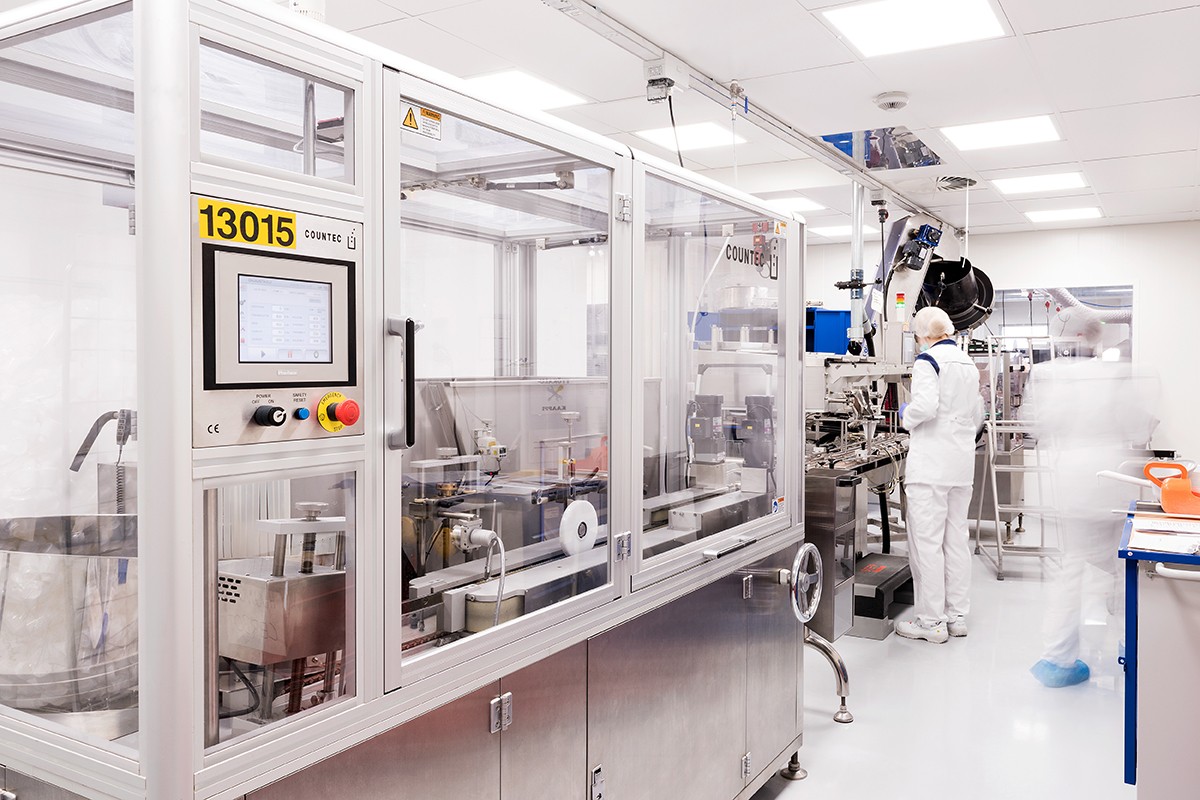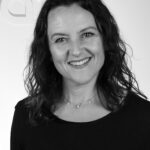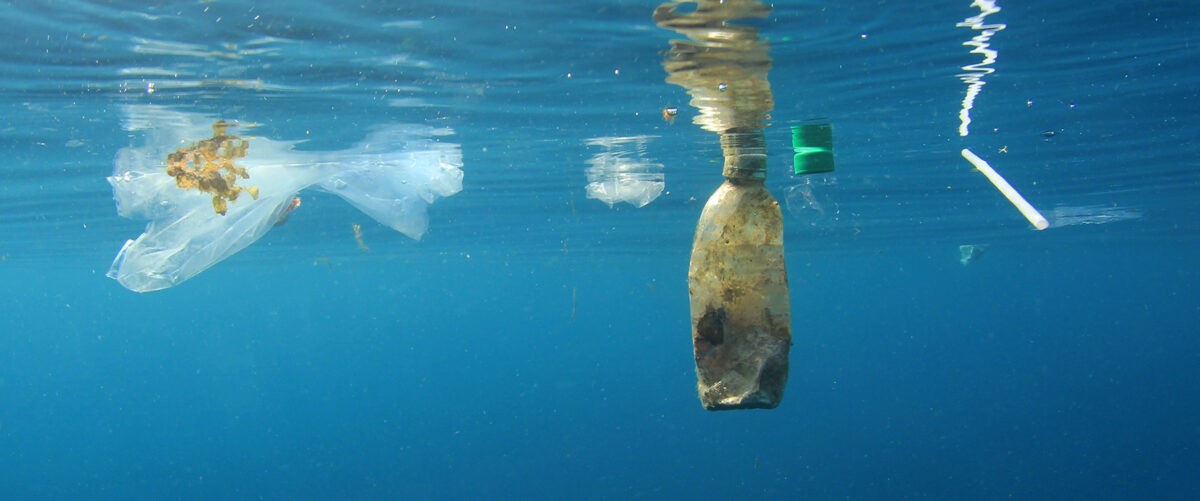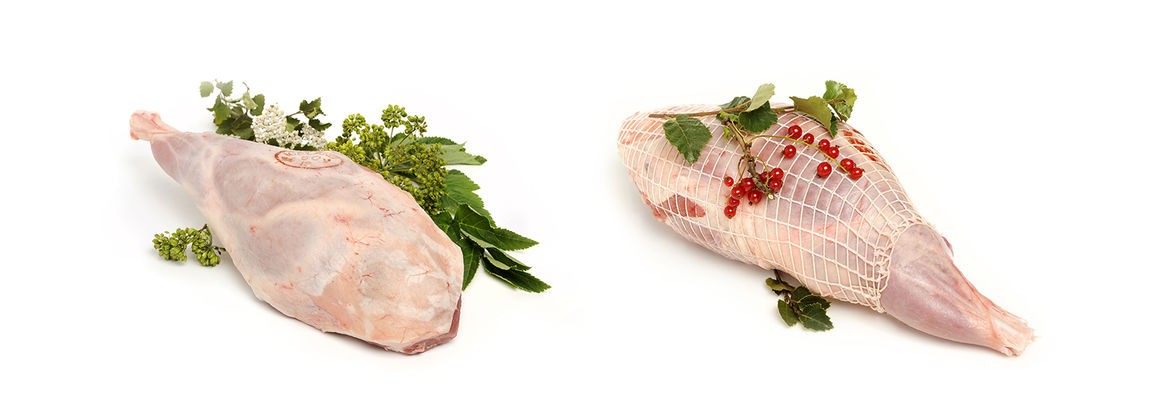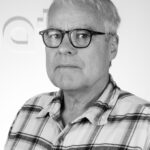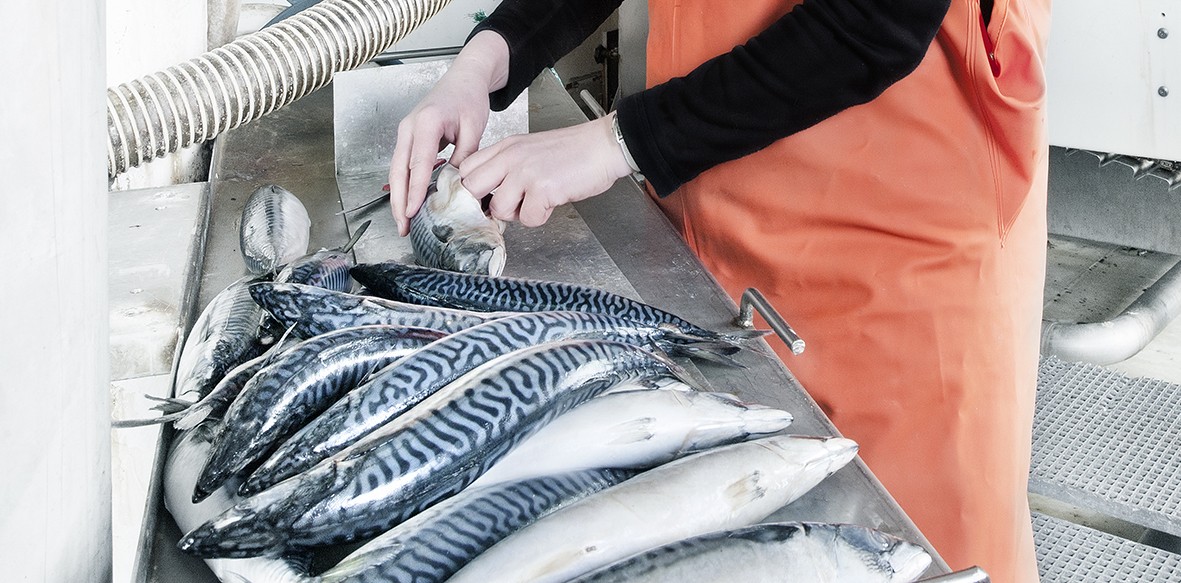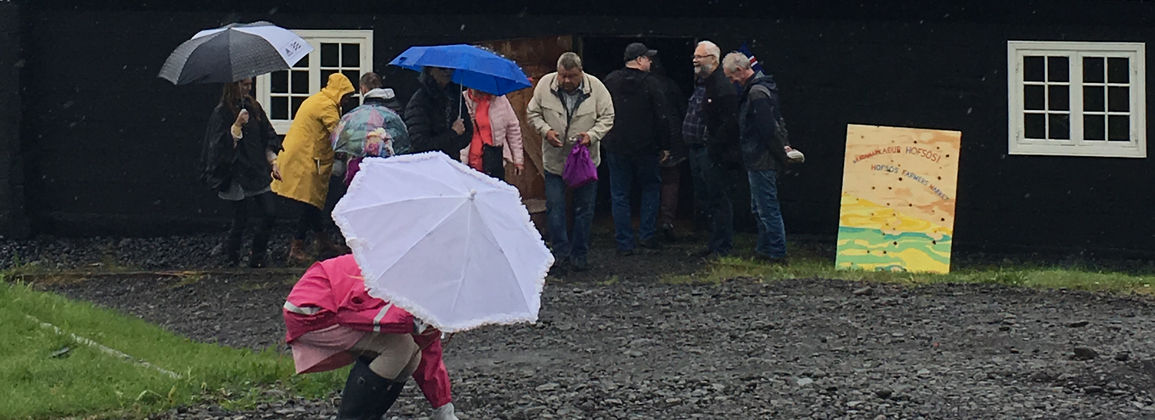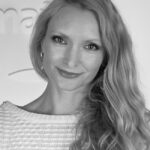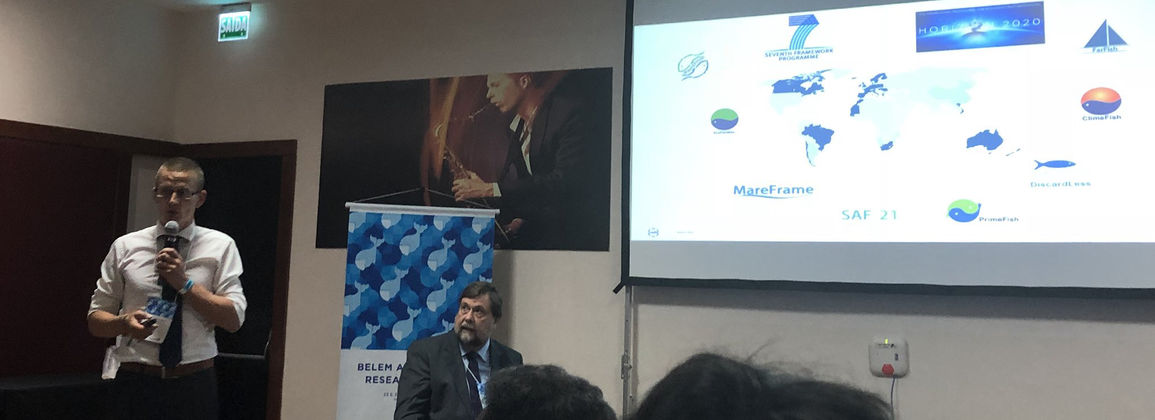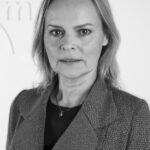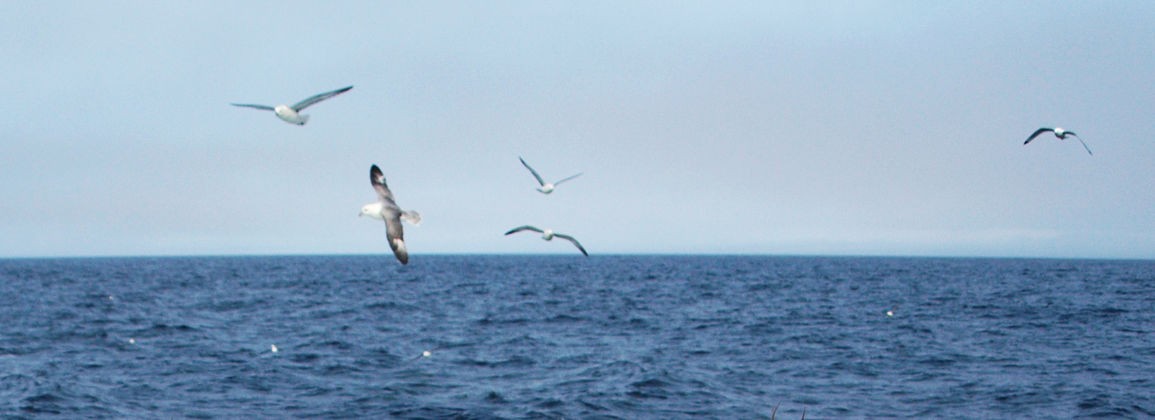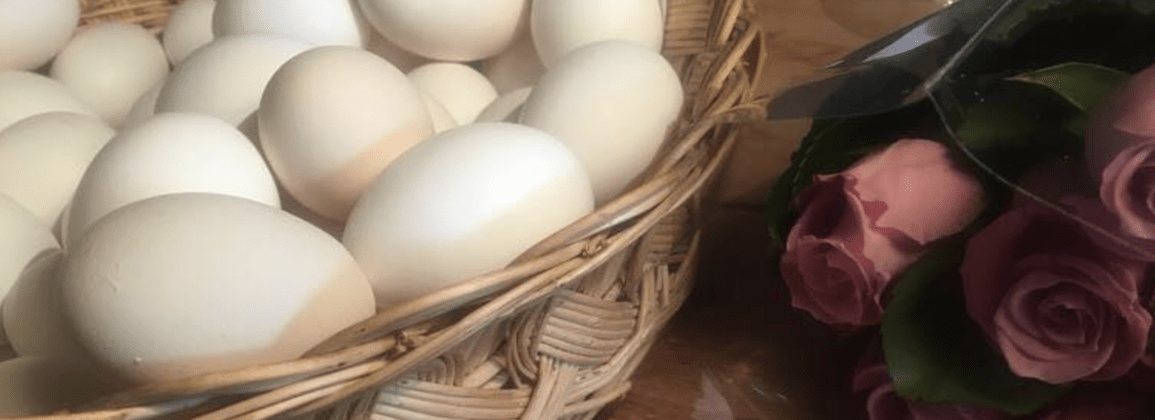Contact
Óli Þór Hilmarsson
Project Manager
oli.th.hilmarsson@matis.is
There is an increased market for the sale of products directly from the farm, mainly due to an increase in tourists and the willingness of farmers to meet the increased demands of those who want to have products produced on site, from animals that have roamed the area.
Slaughterhouse today
There are two types of slaughterhouses in Iceland, on the one hand traditional slaughterhouses with a capacity of up to 3000 lambs per day (most of the houses) and on the other hand smaller slaughterhouses where slaughter is allowed. a maximum of 5 large animals per week or a maximum of 100 lambs per day. The smaller houses were created following Regulation no. 856/2016 Regulation on small food businesses and traditional foods. The large slaughterhouses are very productive, but the smaller ones have more flexibility in operation, ie. to operate outside the normal slaughter time. In the smaller houses, it is possible to apply a more varied processing method that promotes even higher quality, such as a longer mowing time, specially selected for slaughter, etc. The smaller houses have a simpler staffing model that is different from the large ones. In the only small slaughterhouse that has been operated in this country, the staffing is such that the slaughterhouse manager and quality manager are the only permanent employees of the house, the slaughter itself is done by farmers from the area who take it on as contractors.
Slaughterhouse
Today, home slaughter is permitted on legal farms, as products from such slaughter are only intended for use on the farm itself. Any distribution or sale is strictly prohibited. In order to meet the growing demand for home-slaughtered products, it is possible to take exemplary countries such as Germany and other countries where the sale of products from home-slaughter is permitted if certain conditions are met. By taking these countries and the regulations they comply with into account, it is possible to develop and set rules for domestic slaughter where the distribution and sale of products is possible. Such a slaughterhouse could be called abattoir.
Slaughtering is based on certain criteria that are more often than not bound by regulations, but is also based on research results. All the criteria have in common that they ensure food safety and maximum quality. The same rules apply even in the case of domestic slaughter.
There are clear rules on the killing of slaughter animals "Slaughter animals have the right to die with" respect "and slaughter must appeal to health, humanity and quality. For animal welfare reasons, the slaughter of livestock should be as painless as possible. Good treatment of slaughter animals is also a matter of utilization and quality. The muscles of animals in good condition have a lot of energy, but the muscles of animals that are tired or have sunbathed have less or even no energy. This can be seen by measuring the acidity of the meat the day after slaughter. The higher it is, the less energy there is in the muscles. They become dark, stiff and dry to the touch and are poorly stored because high acidity is favorable to damaged microorganisms. Refrigeration is also necessary during the slaughter process, during the storage and distribution of meat products.
Official control could be in such a way that after the farmer announces the planned slaughter of the animals in question (animal identification number), the control veterinarian can search for information in control systems such as Hjarðbók, Fjárvís, etc. on drug administration, etc. The veterinarian may carry out a thorough examination, whether of live animals, at the time of slaughter, or later if he deems it necessary.



